Driven by the wave of Industry 4.0, edge computing gateways and many IoT devices are rapidly entering the industrial intelligent control track to assist traditional manufacturing to the direction of intelligent development. However, there are so many edge computing gateway products on the market. How do we pick the device that best meets our needs? Don’t worry, through this article, to bring you to understand the passerelle informatique périphérique selection skills, to help you choose your dream “gateway”!
Choosing an edge computing gateway is very important, but before selecting one, we should be clear about our needs. For example, what kind of environment does the gateway need to be deployed to later? What devices and communication protocols need to be supported? Is the amount of data to be processed large or small? What interfaces are connected? What is the collection frequency? What features are needed? We suggest that you can organize your needs before entering the selection process.
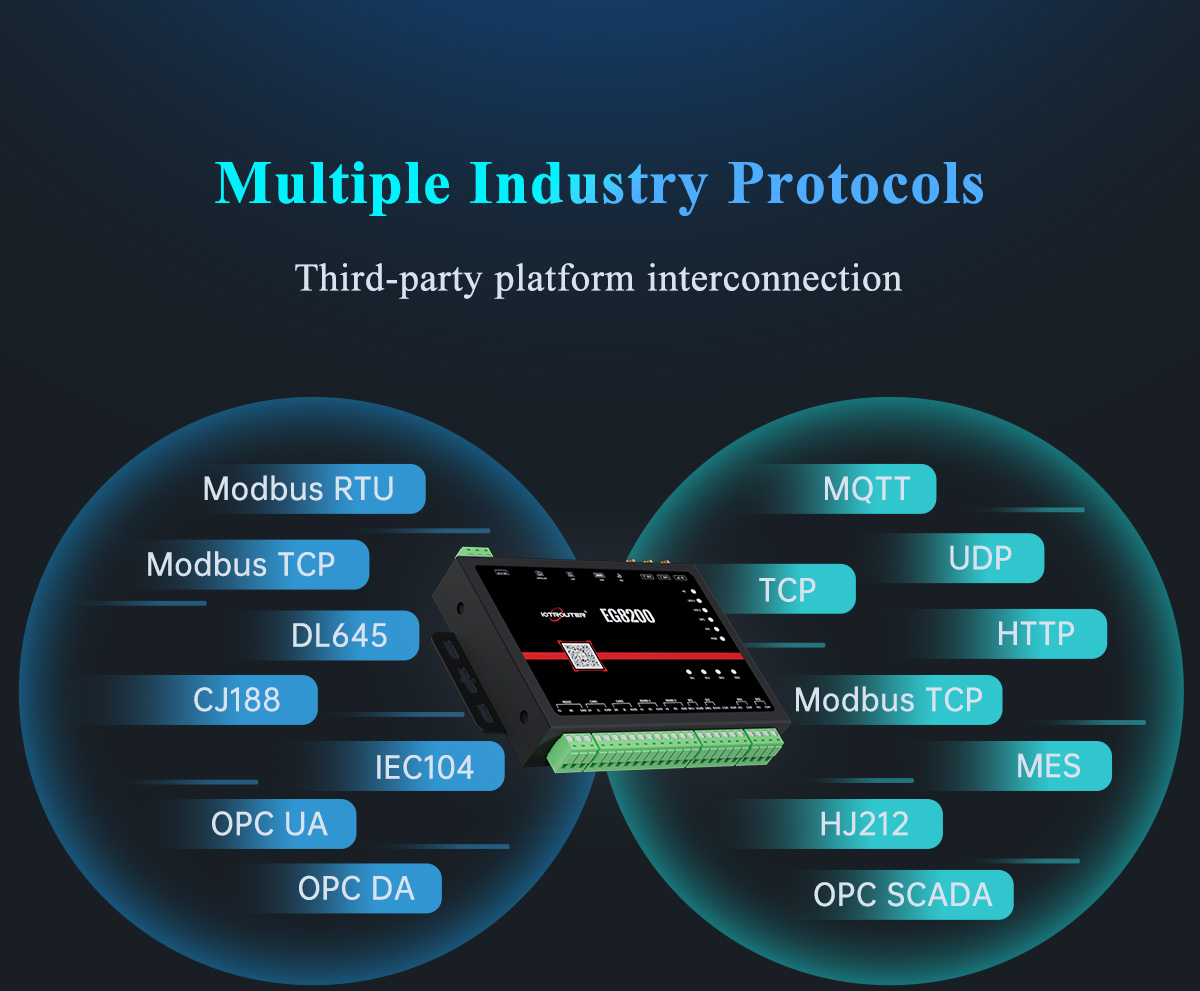
If the computational task is intense and the concurrency is high, then you need to choose a powerful edge computing gateway. Of course, the price of such a gateway is relatively high. If you just need general data processing and transmission, then choose a low-profile passerelle périphérique can also meet the demand.
In addition to considering the basic hardware performance such as processor speed, memory size and storage capacity, we also need to pay in-depth attention to compatibility, network protocol support and security performance.
1. Compatibility
Compatibility is the key factor to ensure that the gateway can work seamlessly with all kinds of devices and applications that are currently available and may be deployed in the future. Choose a gateway that can support rich hardware interfaces and protocols (including Modbus, OPC UA, MQTT, industry protocols, PLC protocols, etc.) and programming languages. It can greatly broaden the device and application connection path and reduce system integration costs.
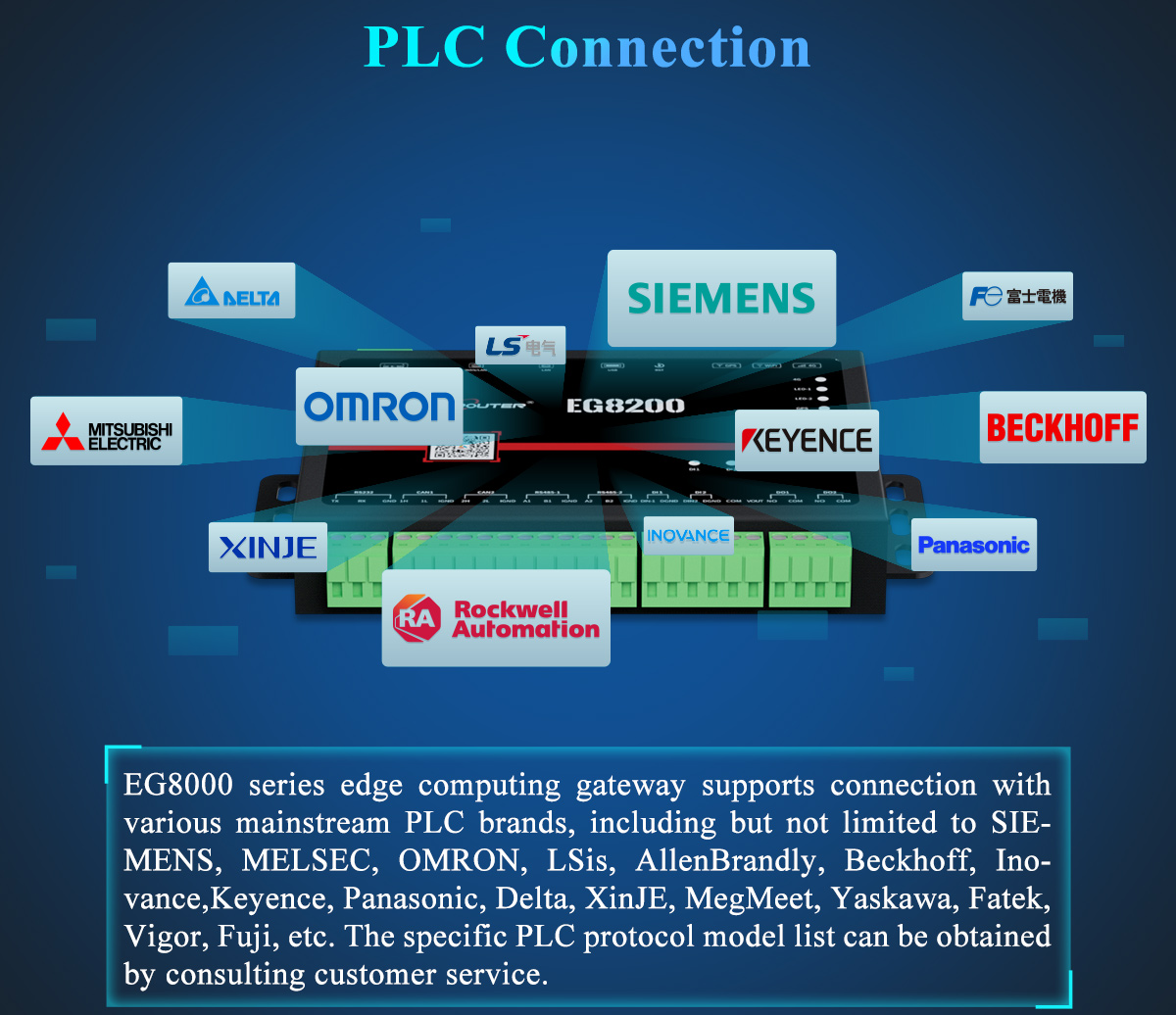
2. Network protocols
Network protocol support is also a part that cannot be ignored. An excellent edge computing gateway should be able to support a variety of communication protocols, including but not limited to Wi-Fi, Zigbee, LoRa, NB-IoT, and so on. This allows flexible access to a variety of IoT devices to achieve comprehensive data collection and transmission.
3. Data Acquisition
When it comes to data acquisition, one of the factors that is also very important is whether or not it supports network disconnection and data transmission. This is related to the degree of difficulty of data acquisition, and provides the most basic guarantee for subsequent data processing and other work.
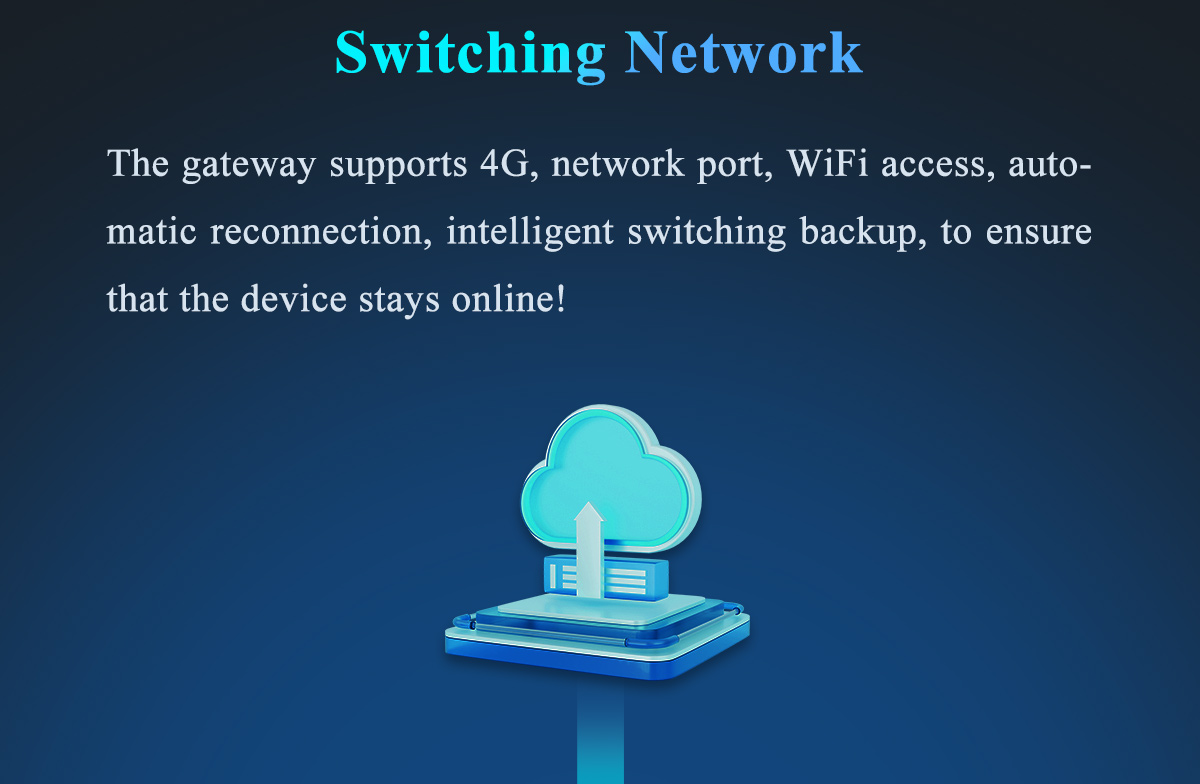
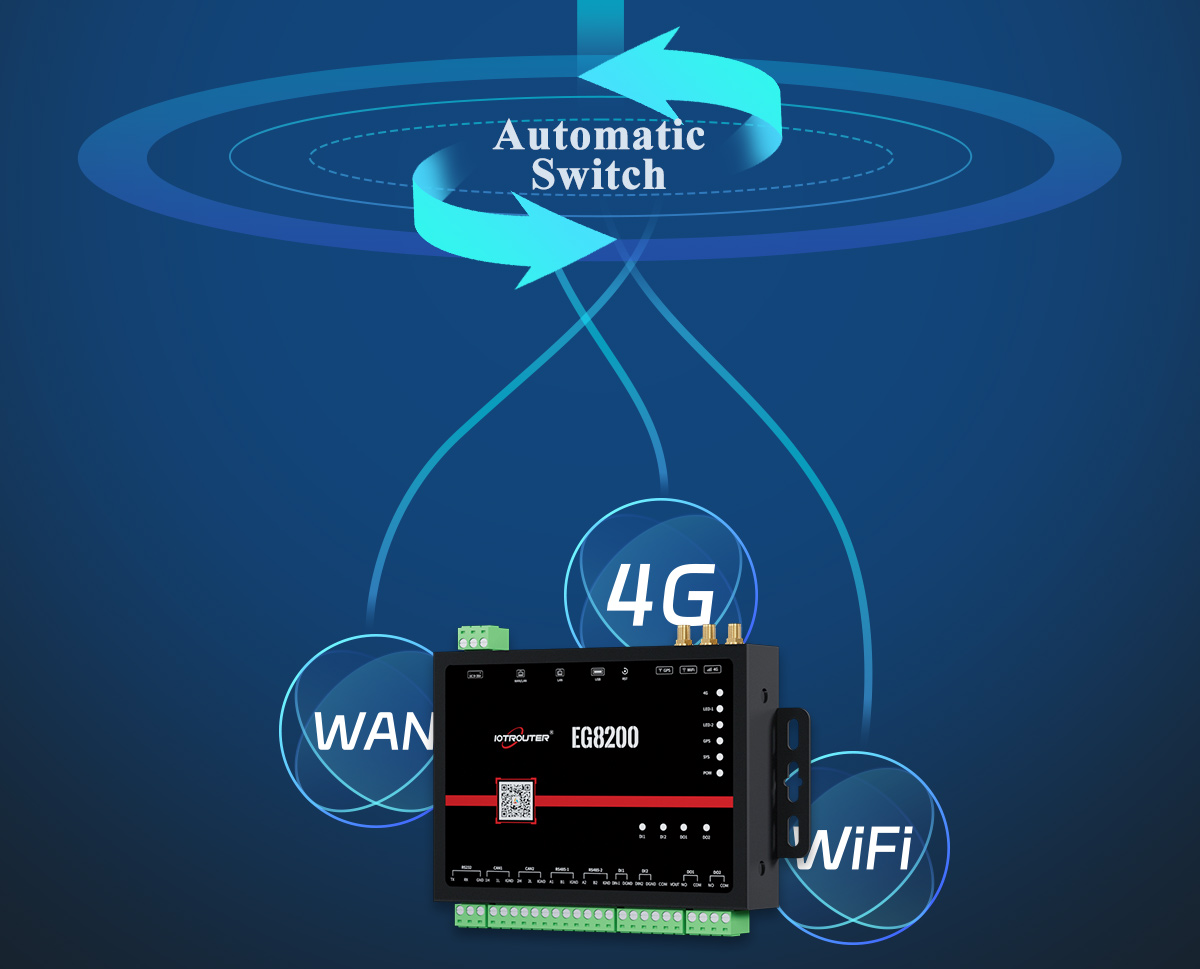
4. Data processing
There are also many points that need attention in data processing. For example, can the edge computing gateway support database? Can it support customized data format, data filtering and logical judgment, command issuance and other functions? Does it support secondary development of functions? Does it support data visualization and configuration?


5. Security
Again, security is the lifeblood of an edge computing gateway. Processing data on the edge side means that it is closer to the source, but it also increases the risk of unauthorized access or tampering. Therefore, it is critical to choose a gateway with robust security features. These include, but are not limited to, data encryption, access control, firewalls, and real-time security monitoring. This ensures the security of data transmission and processing throughout the entire process.
6. Ease of Use and Maintainability
Of course, ease of use and maintainability are also factors to consider when picking an edge computing gateway. Friendly user interface, intuitive management tools and perfect after-sales service system can greatly reduce the difficulty of operation and maintenance and improve the overall work efficiency. If it can support remote management, then it further reduces the cost of manual operation and maintenance.
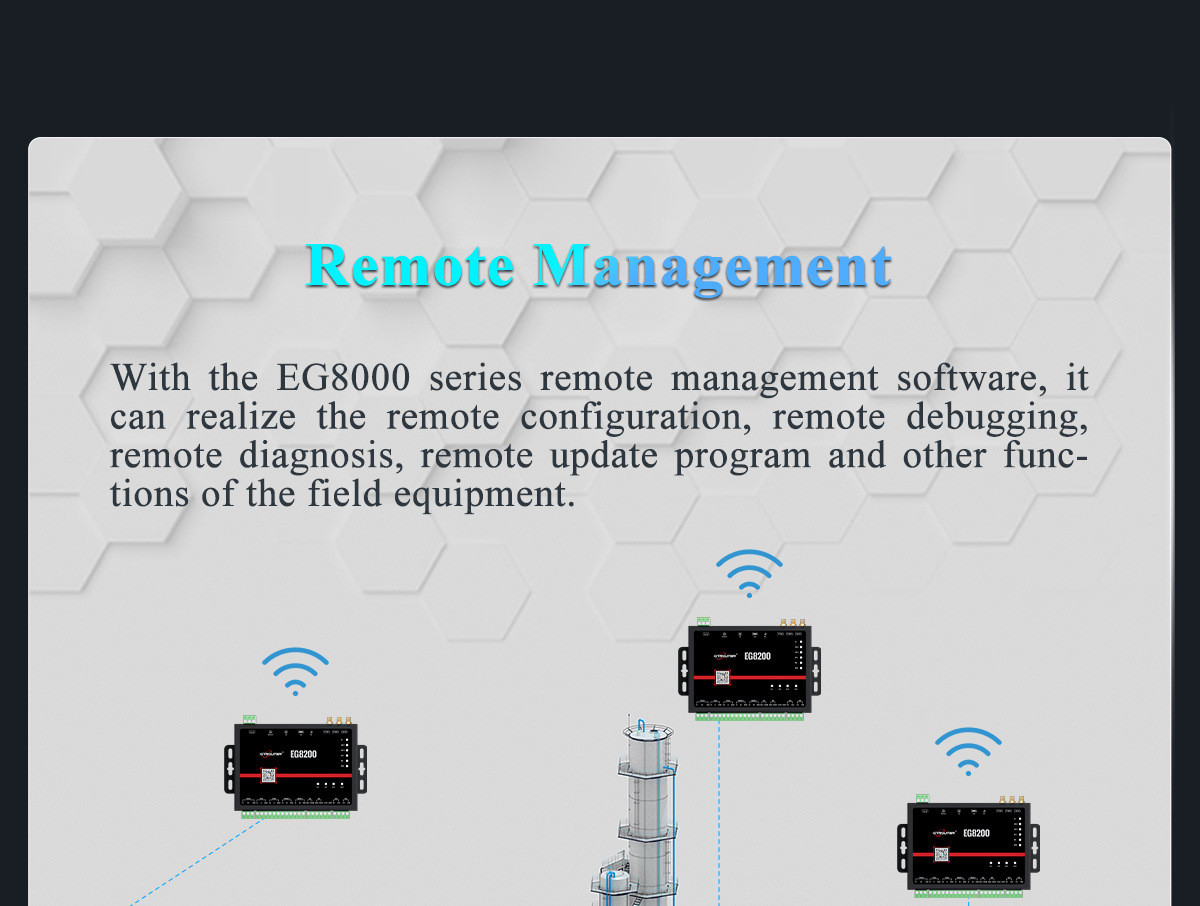
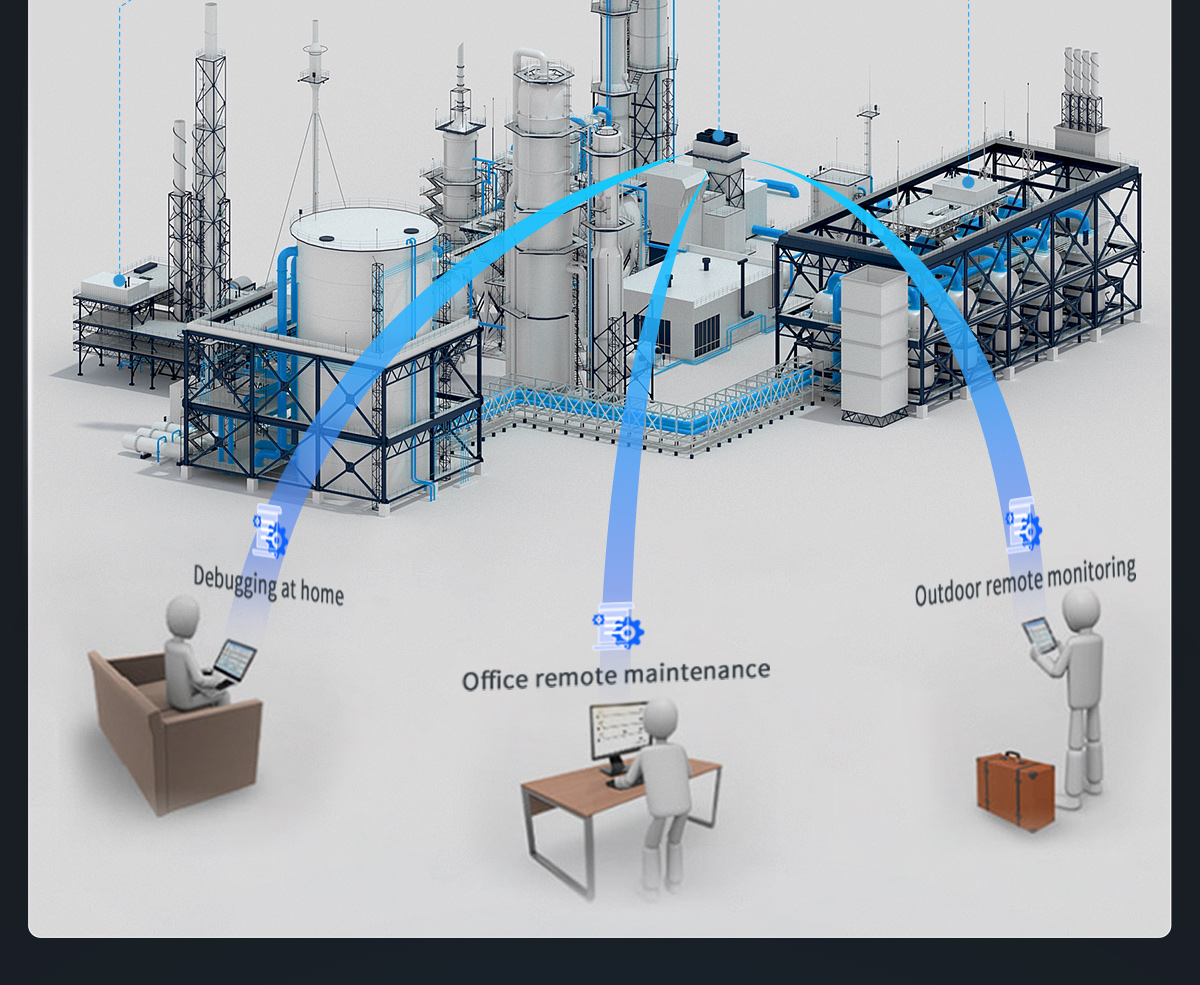
7. Reliable edge computing gateway provider
The last thing we need to pick is a reputable edge computing gateway equipment provider. Its products have gone through various quality tests and are able to use self-developed software, which reduces the risk of users encountering product quality problems, supply problems, technical support and system maintenance problems.
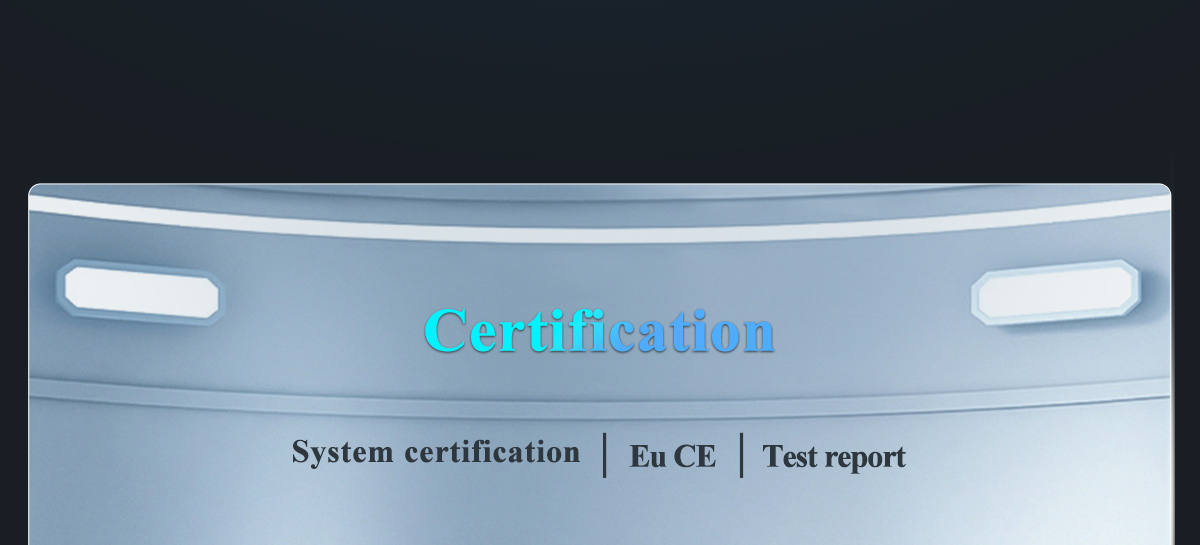
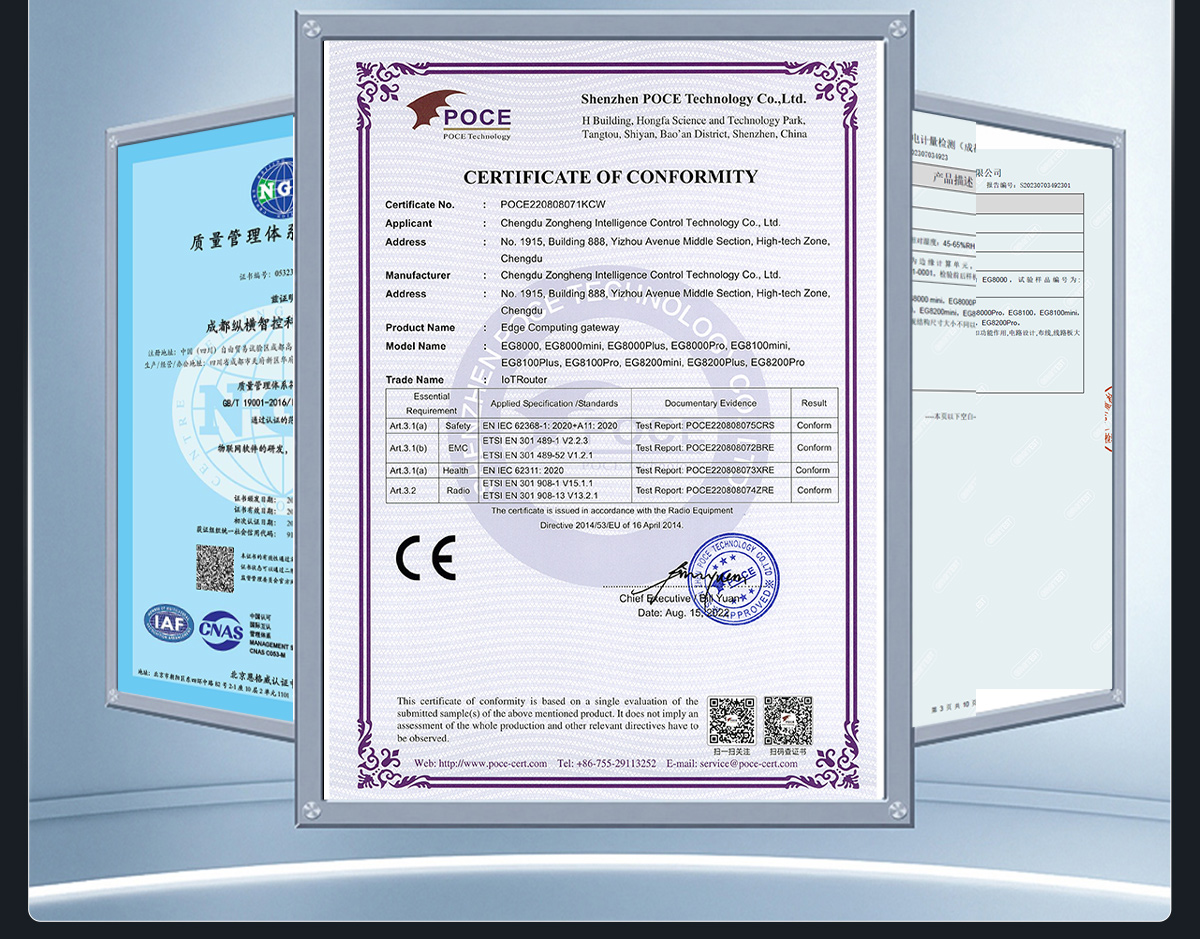
To summarize, selecting an edge computing gateway is a process of comprehensively considering hardware performance, software compatibility, network protocol support, security performance as well as ease of use and maintainability, and manufacturing vendors. Only by comprehensively evaluating these factors can we select the edge computing gateway that best suits our needs and provides solid support for the landing of IoT applications.